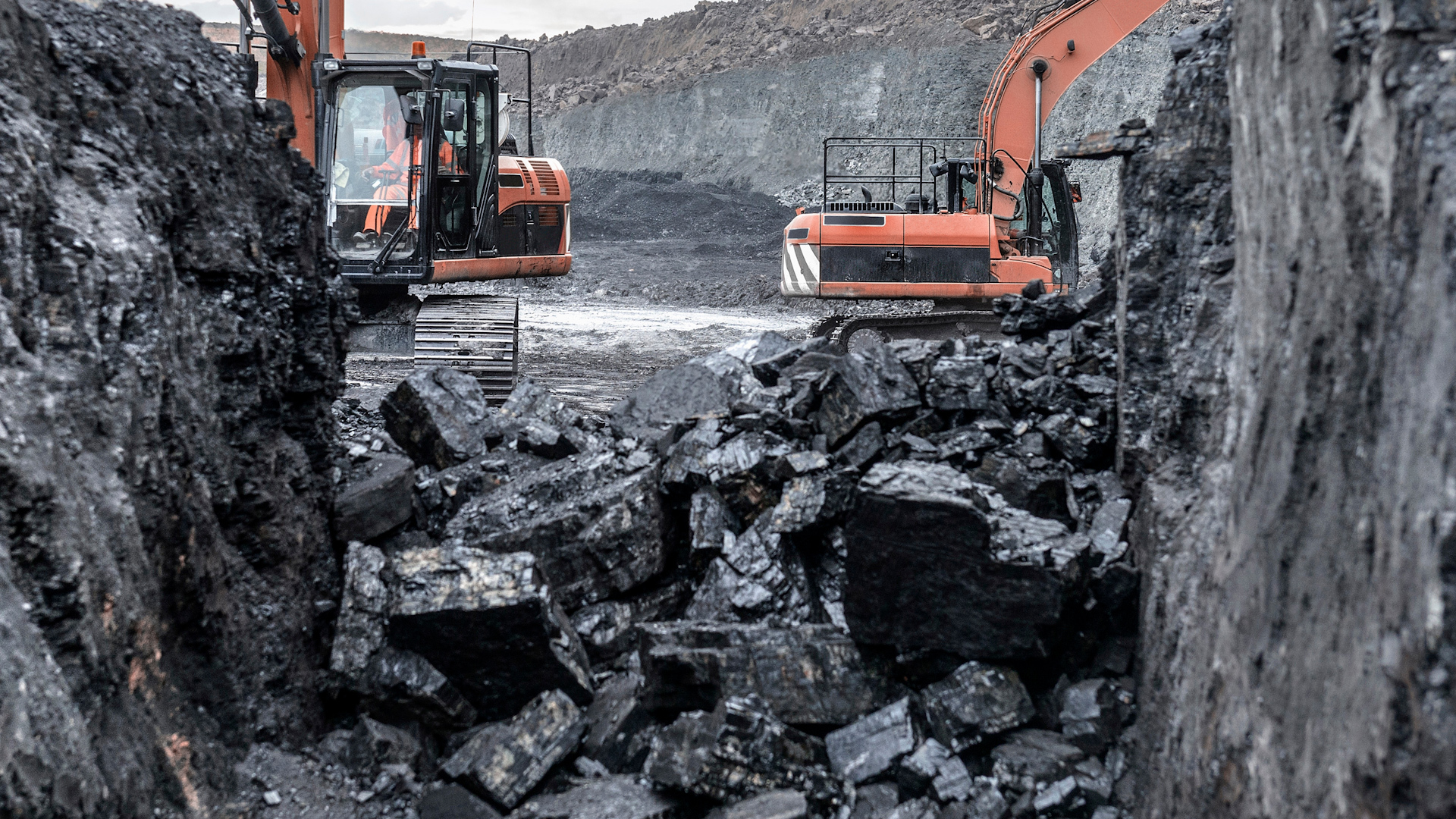
THE RENEWABLE ENERGY TRANSITION IS GIVING NEW LIFE TO ONE OF THE WORLD’S BIGGEST POLLUTERS:
COAL.
THE INTERNATIONAL ENERGY AGENCY HAS FOUND THAT COAL IS RESPONSIBLE FOR ALMOST HALF OF THE GLOBAL EMISSIONS FROM FOSSIL FUEL COMBUSTION.
BUT AS THE WORLD GOES ELECTRIC, ITS USE HAS BEEN BOOSTED IN ORDER TO MAKE UP FOR THE INTERMITTENT NATURE OF MANY CLEAN POWER SOURCES.
EXPERTS SAY THE EQUIVALENT ELECTRICITY USE OF THE WORLD’S 10 LARGEST CITIES IS BEING ADDED TO THE WORLD’S CONSUMPTION RATE EACH YEAR-
A NEED FOR POWER THAT COAL IS BEING INCREASINGLY ASKED TO FILL.
CHINA AND INDIA ARE THE LARGEST DRIVERS BEHIND THIS-
AS COAL POWERS 60 AND 75 PERCENT OF THESE NATIONS RESPECTIVELY.
BECAUSE OF COAL’S RECENT RISE-
THE I-E-A HAS HAD TO PUSH BACK ITS PROJECTION FOR WHEN COAL DEMAND WILL ULTIMATELY PEAK-
NOW SET FOR 20-25, AFTER PREVIOUS ESTIMATIONS HAD PREDICTED THIS WOULD HAPPEN IN 20-23.
HOWEVER, COAL USE ISN’T BY ANY MEANS GOING TO RAPIDLY DROP OFF AFTER NEXT YEAR.
ITS CONSUMPTION RATE IN 2030 WILL REMAIN GREATER THAN IT WAS BACK IN 2010-
AND IS NOW ESTIMATED TO BE 6 PERCENT HIGHER THAN ONLY A YEAR AGO-
AN INCREASE WHICH AMOUNTS TO ADDING THE EQUIVALENT COAL CONSUMPTION OF JAPAN, THE WORLD’S FOURTH-LARGEST BURNER OF THIS RESOURCE.
IF CURRENT TRENDS CONTINUE-
IT WON’T BE UNTIL 20-50 THAT THE WORLD’S COAL USE DROPS TO LEVELS SEEN AT THE BEGINNING OF THIS CENTURY.
THAT IS, BARRING ANY FURTHER DATA REVISIONS AND TARGET DELAYS IN THE ENSUING YEARS.
TO GET MORE STORIES ABOUT THE RENEWABLE ENERGY TRANSITION, DOWNLOAD THE STRAIGHT ARROW NEWS APP AND SIGN UP FOR ALERTS FROM ME – JACK AYLMER.











